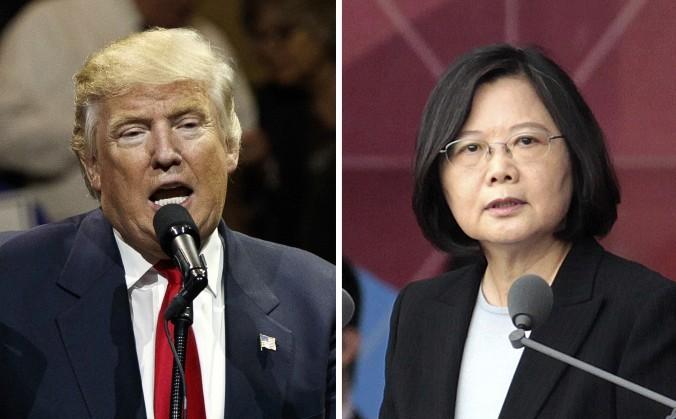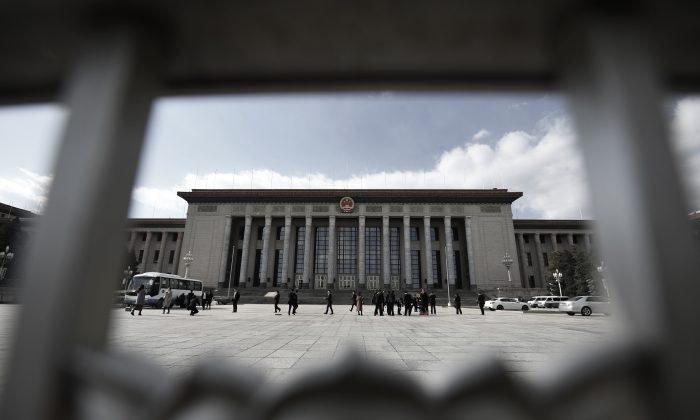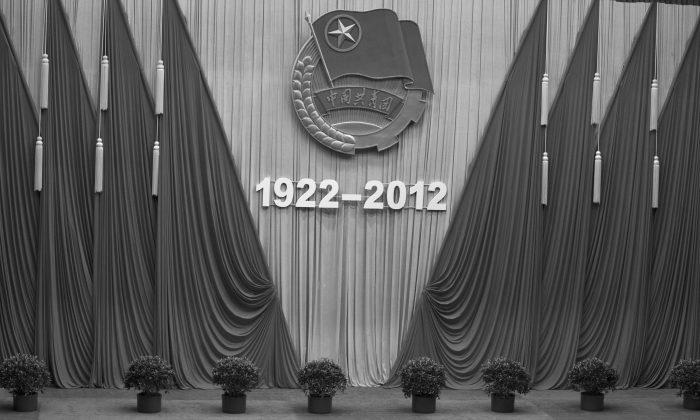There is an online video featuring Yi Long, a “Shaolin number one martial arts monk,” competing against an American fighter, Adrien Grotte, in a kickboxing match in Las Vegas. It came out last month.
Though it was a serious fight, very few punches were thrown—in fact, it only took one left uppercut from Mr. Grotte in the second round to knock Mr. Yi to the ground. He was down for 44 seconds, constituting a technical knockout.
Thus was Shaolin’s number one martial arts monk defeated in an overhyped commercial fight in Las Vegas.
Before that, confident in Mr. Yi’s abilities, a Chinese sports announcer had exaggerated his skills, described him as “mysterious” and “intimidating”; he had even played a short video clip of Mr. Yi in action, meant to “show Americans some real fighting.” The commentator added that he had been “stunned by Mr. Yi’s internal power.” Of course, all this became a rich source of amusement minutes later.
Those hoping to see a classic battle between Eastern and Western warriors were disappointed (though Mr. Yi did put on a little show before the match, in which he and his four young sidekick monks performed a martial arts routine for the audience.)
However, it was clear when the match started that Mr. Yi completely lacked a sense of defense, and was no match for his American opponent.
When Mr. Yi kicked with his left foot, leaving the right side of his face open to attack, Grotte executed a light left punch and ended it all. There was nothing particularly special about Grotte’s kickboxing technique.
“Don’t let those Shaolin monks run around and make fools of themselves,” a Chinese blogger commented.
Martial Arts’ True Essence
Though he was defeated in a matter of seconds, Mr. Yi isn’t a complete novice at martial arts. The main problem is that he can only demonstrate superficial techniques, and that he uses Shaolin martial arts as a tool for cheap entertainment and competition—this is inappropriate. Real, high-level Shaolin martial arts are not meant to be entertaining.
At the higher stages of discipline, a martial artist would never battle others or perform publicly. The traditional, advanced martial arts still exist in the world; it’s only that people are not permitted see them, according to traditional Chinese lore.
A Taoist abbot from Wudang Mountain once said that on an autumn night in 1986, a figure floated from behind the mountain; his face was unclear, his body slim; he wore a single layer of clothing and had flowing hair of three to four feet. The figure flew around the palace once and floated back beyond the mountains. Living in remote mountains and deep forests, the message was that these martial art masters would never flaunt their skills so casually to other people.
Whether such extraordinary tales are true or not—and Chinese traditional culture is filled with them—the true essence of martial arts lies in virtue. Shaolin martial arts are supposed to unite Zen Buddhist philosophy and martial arts. When a real Shaolin master reaches a realm above that of common people, he would have cultivated his mind and given up worldly desires, including the desire to show off.
Sacred Temple, Now Tourist Attraction
After it took power in 1949, the Chinese Communist Party (CCP) extended its influence into temples, effectively destroying people’s beliefs and sense of virtue, as well as the essence of martial arts.
In recent years, in keeping with the latest political imperatives, the CCP has attempted to co-opt traditional culture and in doing so has commercialized the temples. The Shaolin temple has become a tourist attraction, and its CEO monk, Shi Yongxin, travels in luxury cars and stays in five-star hotels. He built a Shaolin Theme Park in Hong Kong, and sells Shaolin Herbal Tea, high-priced incense, and books on “secret” martial arts techniques: a sacred tradition has been turned into a money-making machine.
The Shaolin Temple attracts over two million tourists and makes hundreds of million yuan annually from its attractions and performances, and is still planning for higher market share. Under the influence of the CCP, the Shaolin monks take pride in making profits from their showy performances, stagecraft, and theatre. Is it any wonder that Mr. Yi was knocked to the ground with a single punch?
In an ironic twist that also hits home, the version of the video of the fight on Chinese state websites abruptly ends after the first round. Chinese culture, or an ersatz representation of it, is now part of the Party’s propaganda arsenal: the second round, where Mr. Yi hits the deck, must not have fit the script and was duly removed.
Read the original Chinese article.



